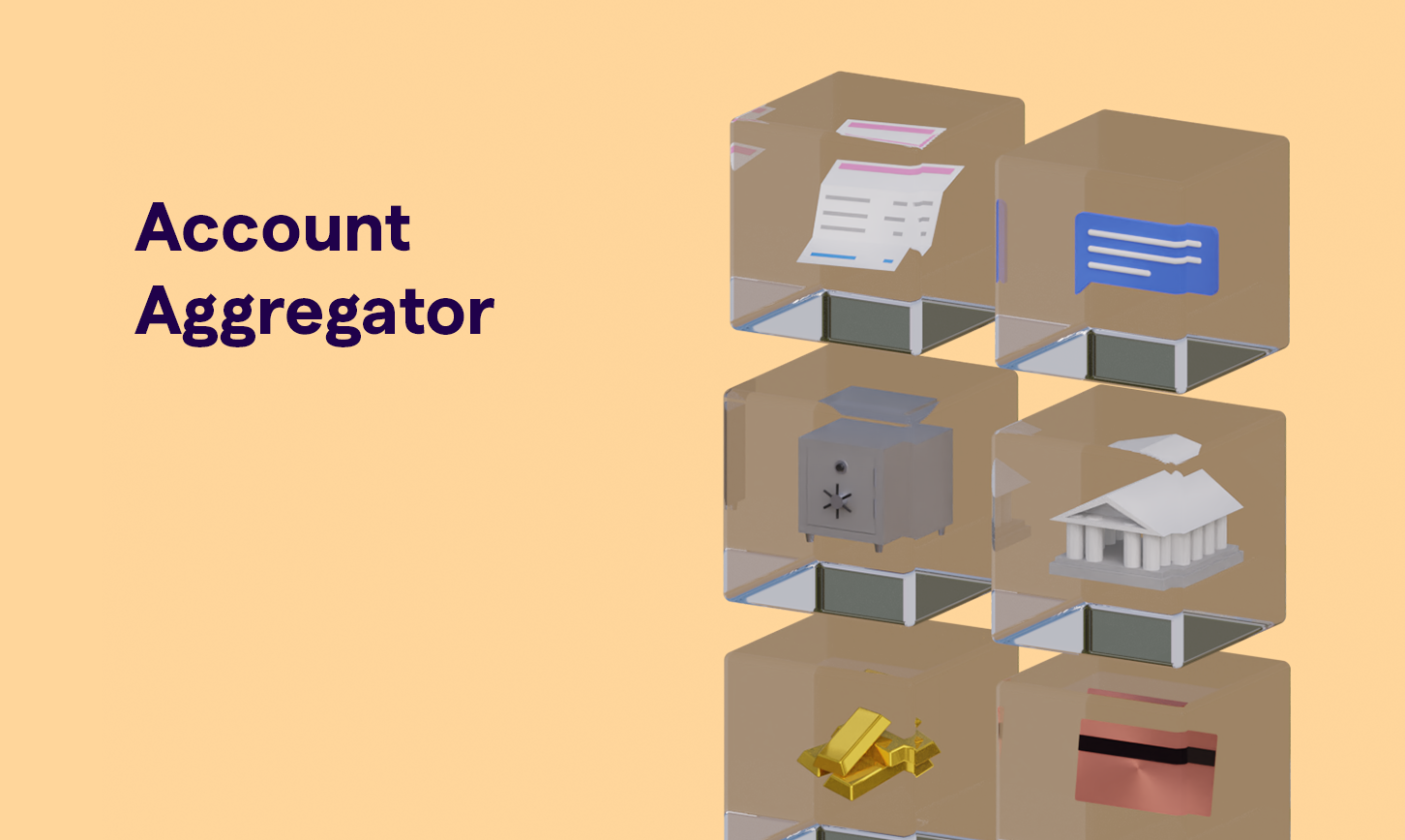Unveiling the GST Data Tale: Empowering Businesses with Account Aggregator

In the ever-evolving landscape of financial technology, a groundbreaking chapter has emerged – the synergy between GST data and Account Aggregator. This dynamic duo is rewriting the rules for businesses, ushering in a new era of streamlined financial operations and data accessibility.
Understanding Account Aggregator
Before delving into the intriguing tale of GST data, let's unravel the essence of Account Aggregator. In essence, an Account Aggregator (AA) is a revolutionary framework that facilitates the seamless and secure exchange of financial information between financial institutions. It acts as a digital intermediary, ensuring that user consent is prioritized while enabling the flow of data across different financial entities.
GST Data and Its Importance
Goods and Services Tax (GST) data, on the other hand, is a treasure trove of information for businesses. It encompasses details of transactions, tax filings, and financial activities. Harnessing this data can provide invaluable insights into a business's financial health, aiding in strategic decision-making and fostering growth.
Here's how it unfolds
Streamlining Financial Operations:
The integration of GST data into the Account Aggregator ecosystem streamlines financial operations for businesses. It enables real-time access to financial information, eliminating the need for manual data collection and reducing the risk of errors.
Empowering Credit Access:
Businesses often face challenges when seeking credit due to a lack of comprehensive financial records. The amalgamation of GST data with Account Aggregator empowers businesses by providing lenders with a holistic view of their financial standing, enhancing credit accessibility.
Data Security Takes Center Stage:
One of the primary concerns in the digital age is data security. The GST data tale on Account Aggregator addresses this concern by employing robust security measures. The framework ensures that data is shared securely, with user consent at the core of every transaction.
Enhancing Financial Inclusion:
Small and medium enterprises (SMEs) play a pivotal role in the economy, but they often face challenges in accessing financial services. The combination of GST data and Account Aggregator levels the playing field by offering SMEs a more transparent and efficient route to financial inclusion.
Realizing Operational Efficiency:
The marriage of GST data and Account Aggregator not only facilitates better decision-making but also enhances overall operational efficiency. Businesses can automate financial processes, reduce turnaround times, and focus on strategic initiatives with a clearer financial picture.
Here's what's ahead
As we traverse the landscape of this GST data tale on Account Aggregator, the road ahead appears promising. The symbiotic relationship between these two elements is poised to reshape how businesses interact with financial data. The tale signifies a paradigm shift, emphasizing the importance of data-driven insights in fostering growth, ensuring financial stability, and promoting inclusivity in the business ecosystem.
In conclusion, the amalgamation of GST data with the Account Aggregator framework is a transformative journey for businesses. It's not just a tale; it's a narrative of empowerment, efficiency, and security. As businesses embrace this innovative fusion, they are better equipped to navigate the complexities of the modern financial landscape, setting the stage for a more robust and inclusive economic future.




